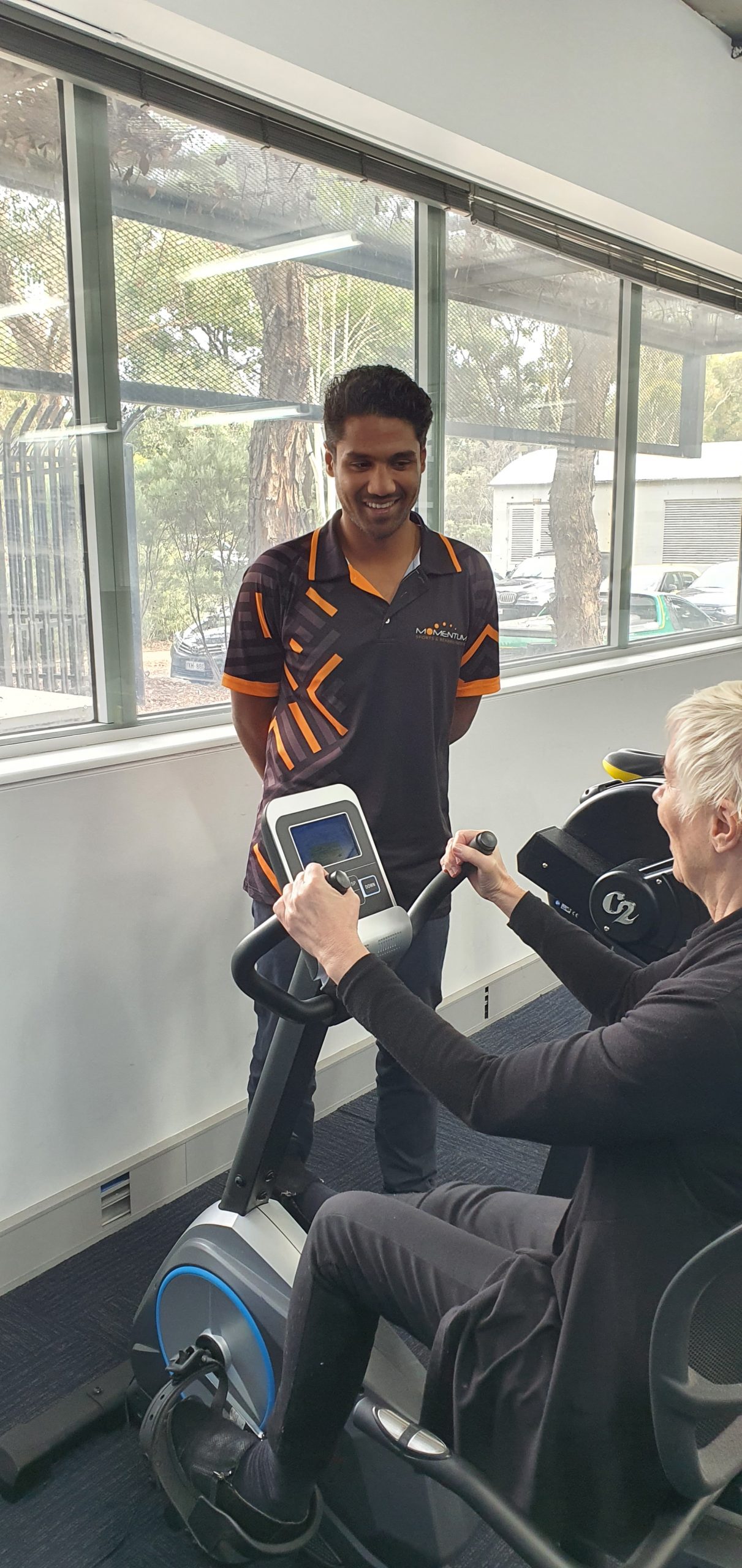
1 in 4 people may experience a stroke in their lifetime but with medical treatment and stroke rehabilitation a full recovery may be possible. If you were one of those four, what kind of questions would you have? Keep reading to learn about some commonly asked questions we receive about stroke rehabilitation. The answers below will help you understand what a stroke is and how physical therapy can reduce its long-term effects.
What is a stroke?
In the medical world, a stroke is known as a Cerebrovascular Accident (CVA). ‘Cerebro’ refers to the large part of the brain known as the cerebral cortex. ‘Vascular’, refers to the arteries and veins that carry blood around the body.

To put it simply, stroke causes your supply of blood to be blocked from your brain. It is then starved of oxygen and nutrients which cause brain cells to die rapidly.
You may experience a variety of symptoms from mild fatigue to paralysis. Some other physical side effects may include;
- Weakness
- Changes in feeling or sensation
- Coordination or balance problems
- Swelling
- Change in muscle tone (high and low)
- Contracture
- Pain
Can I reverse the damage?
Your journey to recover after stroke will be different to others. If you are consistent with your stroke rehabilitation plan provided by your neuro physio you may reduce the long term effects, and may even see a full recovery.
What should I expect when I am in recovery from a stroke?
You will be tired in the first few days while doctors do tests to find the cause of the stroke. They will also administer pain relief and medical treatment to return normal blood flow back to the brain and stimulate neuroplasticity. A physiotherapist will then step in to assist with re-learning lost movements to increase independence and reduce the risk of another stroke in the future.
What is neuroplasticity?
If you have experienced a stroke, this word will sound very familiar but for those who haven’t it may seem complicated. Neuroplasticity describes the process of learning new or lost behaviours. This process builds neural pathways through your brain to help you re-learn certain habits. In typical nervous systems, such as a child’s, it allows new behaviour to be learnt such as learning to juggle or learning a language. In damaged nervous systems, such as one of a stroke survivor, neuroplasticity allows re-learning of lost behaviours. However, much like these activities, re-learning lost behaviours takes practice and determination. Your brain is working to help you recover but how can you encourage it to re-learn lost movement? The answer is through physical therapy.

How can physiotherapy assist with my stroke recovery?
When you book an appointment with a neuro physio, they will assess what areas of movement you need to work on. At Momentum, we work with you to set goals you want to reach. We also provide education and training for your everyday supporters, such as family, friends, or carers.
Click here to call us now if you have any further questions or click here to book an appointment.
Always Consult a Trained Professional
The information above is general in nature and is only intended to provide a summary of the subject matter covered. It is not a substitute for medical advice and you should always consult a trained professional practicing in the area of sports medicine in relation to any injury. You use or rely on the information above at your own risk and no party involved in the production of this resource accepts any responsibility for the information contained within it or your use of that information.

